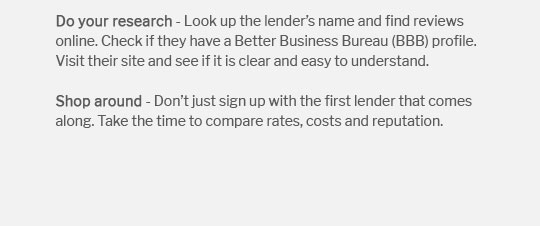 |
|||
 |
 |
 |
||
|---|---|---|
 |
||
 |
||
 |
||
 |
||
 |
 |
 |
 |
Understanding Home Refinance Rates for VA Loan OptionsRefinancing a home loan can be a strategic financial move, especially when utilizing a VA loan. These loans offer unique benefits, but understanding the nuances of refinance rates is crucial. This guide will help you navigate through the essential aspects and avoid common pitfalls. What is a VA Loan?A VA loan is a mortgage option available to veterans, active-duty service members, and certain members of the National Guard and Reserves. These loans are backed by the U.S. Department of Veterans Affairs and offer competitive rates and terms. Benefits of VA Loans
Understanding Home Refinance RatesRefinance rates are the interest rates applied when you refinance your existing mortgage. For VA loans, these rates can offer significant savings. Factors Affecting Refinance Rates
For a detailed look at current rates, consider checking current VA mortgage refinance interest rates. Common Mistakes to AvoidRefinancing can be complex. Avoid these common mistakes to ensure a smooth process. Not Considering the Closing CostsWhile refinancing can lower your monthly payments, failing to account for closing costs can negate the benefits. Skipping the Mortgage Refinance CalculatorUtilize tools like the mortgage refinance mortgage calculator to understand potential savings and costs. FAQs About Home Refinance Rates for VA LoansWhat is the average refinance rate for a VA loan?The average refinance rate can vary based on several factors, including market conditions and personal financial details. It's best to consult with a lender for the most accurate rates. How often can you refinance a VA loan?There is no set limit to how often you can refinance a VA loan, but lenders typically recommend waiting at least six months between refinancing. https://www.zillow.com/mortgage-rates/va-mortgage-rates/
the rate was 5.305 percent,, and the annual percentage rate was 5.775 percent. https://www.nerdwallet.com/mortgages/refinance-rates/va
Funding fee: Although VA loans don't have mortgage insurance, they do have a funding fee that's paid at closing. The funding fee varies from ... https://www.veteransunited.com/education/tools/va-refinance-calculator/
In simple terms, the VA won't allow you to refinance your loan if it doesn't improve your financial situation. This may offer peace of mind for many homeowners, ...
|
|---|